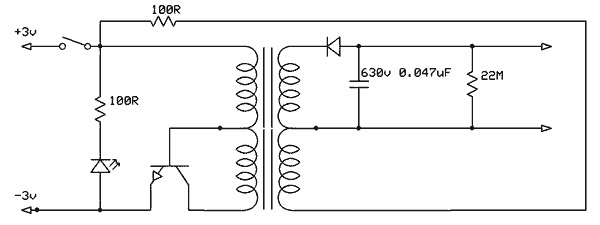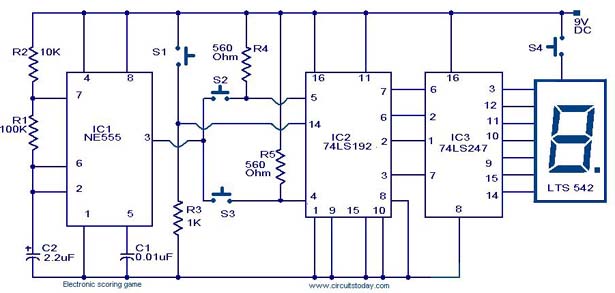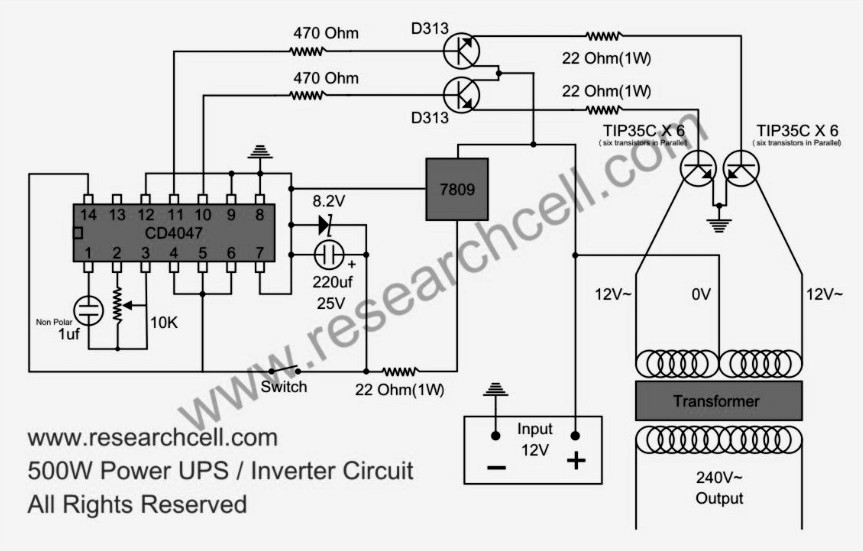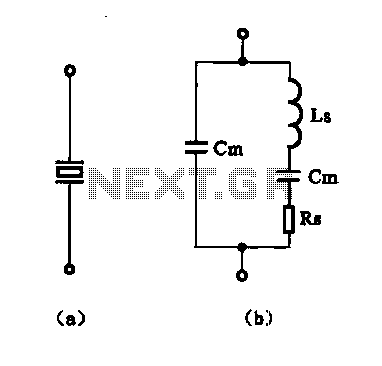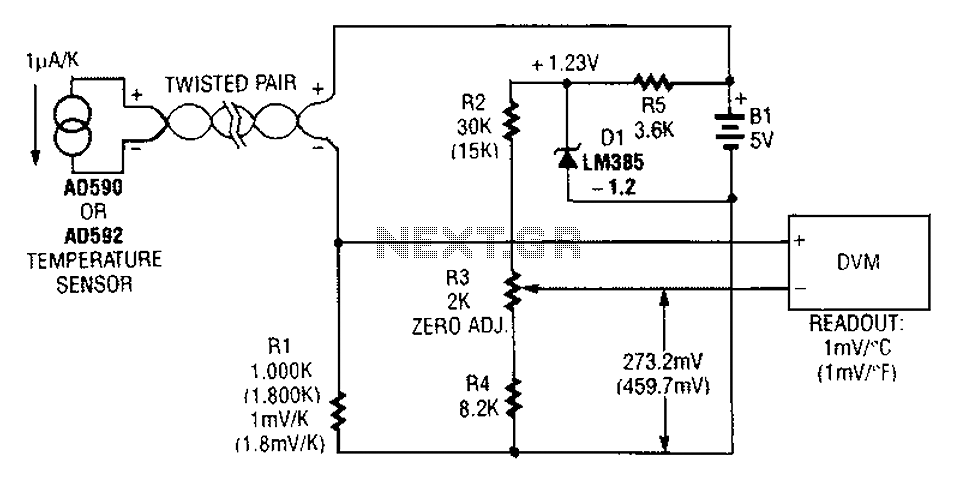
Would this USB detection circuit work as expected
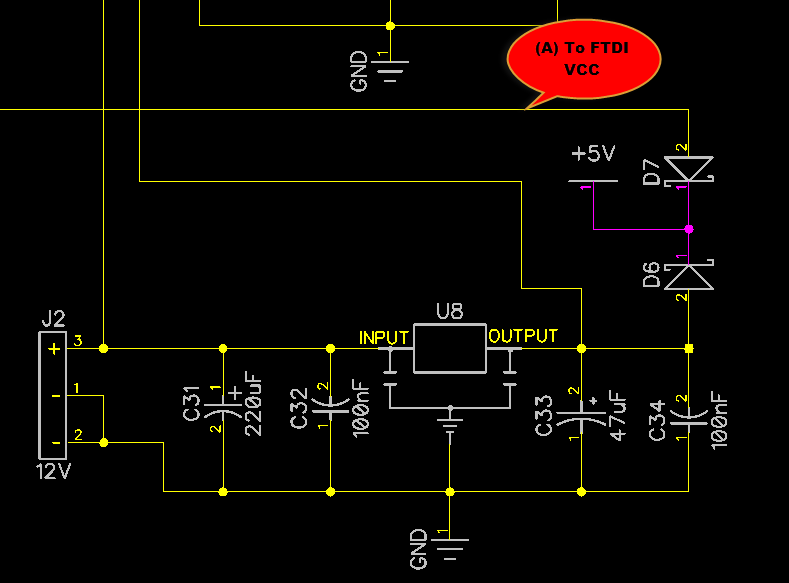
When only the voltage regulator (VR) supplies power to the circuit, the microcontroller unit (MCU) will receive power from the +5V bus, while the FTDI chip will only receive VCCIO. At the midpoint of the voltage divider formed by resistors R10 and R11, a voltage of 0 is expected, which will prevent the MCU from detecting a USB connection on pin B. The inquiry is whether this setup will function as described or if there is a potential oversight. There is a concern regarding the safety and behavior of connecting only VCCIO to the FTDI chip.
In this circuit configuration, the voltage regulator (VR) serves as the primary power source, providing a stable +5V supply to the microcontroller unit (MCU). The FTDI chip, which is commonly used for USB to serial communication, requires both a power supply (VCC) and an I/O voltage (VCCIO) to operate correctly. In this scenario, the MCU is powered from the +5V bus, ensuring it has the necessary voltage for its operation.
The FTDI chip, however, is only connected to VCCIO, which is typically used to set the voltage level for the I/O pins of the chip. This setup raises concerns about the functionality of the FTDI chip since it may not receive the required power supply (VCC) to operate properly. The voltage divider formed by resistors R10 and R11 is intended to create a reference voltage, but if the midpoint voltage is 0V, it indicates that the divider is not functioning as expected, potentially leading to an inability for the MCU to detect the USB connection.
The primary concern is whether supplying only VCCIO to the FTDI chip could result in damage or unpredictable behavior. Many digital components, including the FTDI chip, require a proper power supply to function correctly. Operating the chip without VCC may lead to undefined states, which could cause erratic behavior or even permanent damage to the device. It is crucial to ensure that the FTDI chip is provided with the appropriate power supply alongside the I/O voltage to guarantee reliable operation and prevent any adverse effects on the circuit.
In conclusion, it is advisable to revise the circuit design to include a stable VCC supply for the FTDI chip in addition to VCCIO to ensure proper functionality and avoid potential damage.When ONLY VR will supply power to circuit, then MCU again will get power from +5V bus, but FTDI will ONLY get VCCIO. On middle of voltage divider R10/R11 I expect there will be 0 and MCU will not detect USB connection on (B).
The question is - would it work the way I described or I missed something My concern is it ok to hook up only VCCIO to FTDI Would it damage or lead to unknown behavior 🔗 External reference
In this circuit configuration, the voltage regulator (VR) serves as the primary power source, providing a stable +5V supply to the microcontroller unit (MCU). The FTDI chip, which is commonly used for USB to serial communication, requires both a power supply (VCC) and an I/O voltage (VCCIO) to operate correctly. In this scenario, the MCU is powered from the +5V bus, ensuring it has the necessary voltage for its operation.
The FTDI chip, however, is only connected to VCCIO, which is typically used to set the voltage level for the I/O pins of the chip. This setup raises concerns about the functionality of the FTDI chip since it may not receive the required power supply (VCC) to operate properly. The voltage divider formed by resistors R10 and R11 is intended to create a reference voltage, but if the midpoint voltage is 0V, it indicates that the divider is not functioning as expected, potentially leading to an inability for the MCU to detect the USB connection.
The primary concern is whether supplying only VCCIO to the FTDI chip could result in damage or unpredictable behavior. Many digital components, including the FTDI chip, require a proper power supply to function correctly. Operating the chip without VCC may lead to undefined states, which could cause erratic behavior or even permanent damage to the device. It is crucial to ensure that the FTDI chip is provided with the appropriate power supply alongside the I/O voltage to guarantee reliable operation and prevent any adverse effects on the circuit.
In conclusion, it is advisable to revise the circuit design to include a stable VCC supply for the FTDI chip in addition to VCCIO to ensure proper functionality and avoid potential damage.When ONLY VR will supply power to circuit, then MCU again will get power from +5V bus, but FTDI will ONLY get VCCIO. On middle of voltage divider R10/R11 I expect there will be 0 and MCU will not detect USB connection on (B).
The question is - would it work the way I described or I missed something My concern is it ok to hook up only VCCIO to FTDI Would it damage or lead to unknown behavior 🔗 External reference
